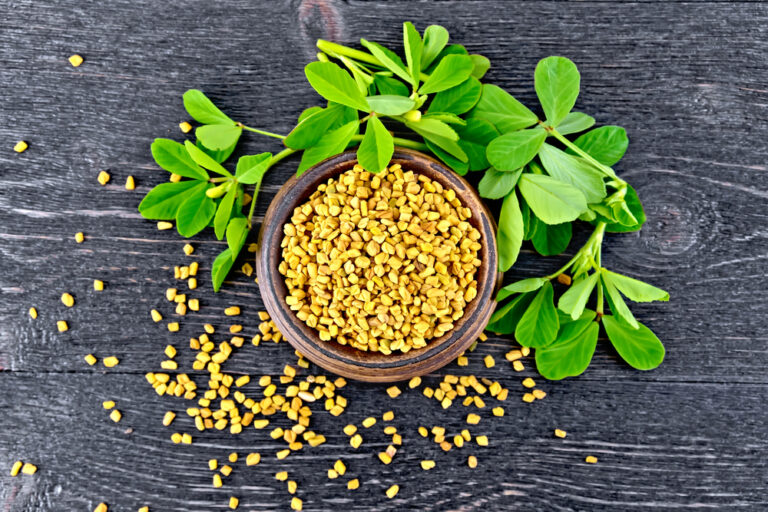Herbs and Premenstrual Syndrome
About this Episode
In this episode, naturopathic clinician Angela Hywood returns to the show to talk with host Sara Le Brun Blashka, MS, about the role of herbs in premenstrual syndrome (PMS). According to The Office on Women’s Health within the U.S. Department of Health and Human Services, over 90 percent of women report premenstrual symptoms at some point in their lives.
There are different PMS-related symptoms experienced between individuals, even different symptoms experienced by the same individual on different cycles. Angela breaks down PMS symptoms into four main subtypes, which she says can help in the decision-making process for diet and lifestyle support solutions.
Types of PMS
- PMS A (anxiety)
- Issues with blood sugar balance
- Nutrient deficiencies, like zinc and vitamin B6, are common
- Histamine levels exacerbate irritability and anxiety
- Angela recommends broccoli sprouts, as the sulforaphane supports phase 2 detoxification, as well as rosemary, Schisandra, chaste tree, peony, and black cumin seed
- PMS C (cravings)
- Women experience a tendency toward binge-eating and sugar cravings
- Angela recommends gymnema for blood sugar regulation and cinnamon
- PMS D (depression)
- Women may struggle with memory loss, insomnia, and confusion
- Nutrient deficiencies, such as zinc, magnesium, and vitamin B6, are common
- Angela recommends supporting the adrenals and mental health with ashwagandha, rehmannia, rhodiola, John’s Wort, chaste tree, and peony
- PMS H (hyperhydration)
Histamine and Mast Cells in PMS
Females with high histamine associated with their menstrual cycle also may lack the ability to produce an enzyme called diamine oxidase (DAO), which is responsible for breaking down histamine. Angela’s “giveaway detective signs” include migraine, general fluid retention, loose bowels, cramps, and ovulation and period pain. She recommends supporting the detoxification of histamine and supporting the immune system. Relevant herbs include rosemary, Schisandra, black cumin seed, and skullcap.
Iodine for Breast Pain During PMS
When considering iodine for breast pain during PMS, Angela looks for fibrocystic breast issues pre-menstrually. Importantly, she stresses being careful with dosages and keeping a close watch over individual iodine status.
Wild Yam and PMS
Wild yam may provide estrogen support for women experiencing period pain. However, there are many misconceptions about the usage of wild yam, something Angela calls “the wild yam scam.”
Headache, Migraine, and PMS
Headache and migraine problems associated with PMS may be a sign of unbalanced histamine problems and/or a blood sugar imbalance. Angela recommends gymnema, cinnamon, and black cumin seed.
>> Audio bookmark: Angela’s go-to herbal protocol for the luteal phase:
- Black cohosh as an estrogen receptor modulator
- Chaste tree and peony to support production of progesterone from the corpus luteum directly
- Vitamin B6 and magnesium
Closing PMS Insight
Lastly, Angela highlights the importance of a wholistic approach to addressing PMS, especially stress management and mental health support.
>> Audio bookmark: “Take a step back and ask: What is our body asking us?”







